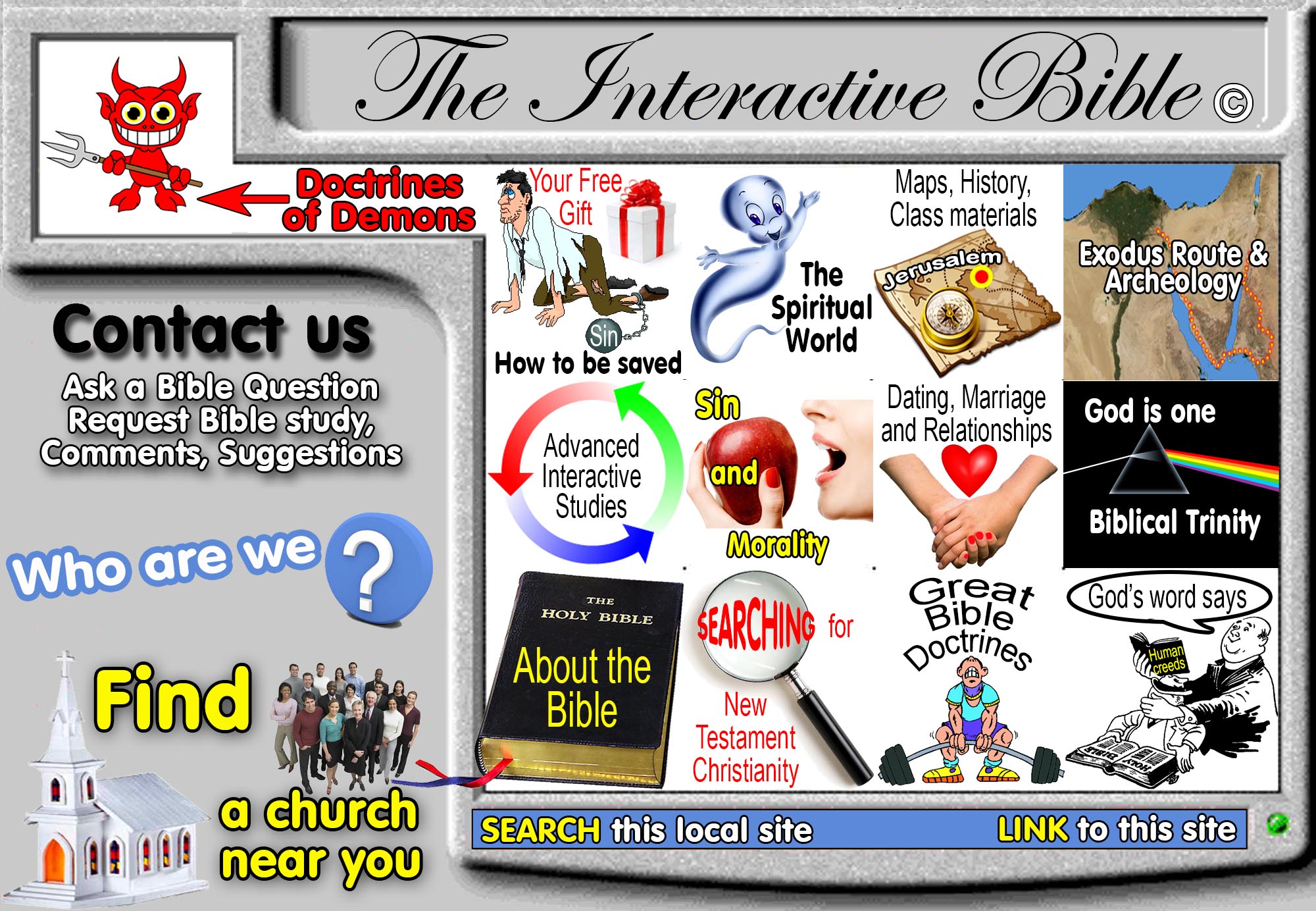|
|
|
|
Outline: 30-150 AD
 |
30-150 AD : The original Bible pattern for church government: The period of the Eldership/Presbytery with autonomous local churches: Congregational oligarchy where each local church is independent and self governing. There is a plurality of Bishops ruling each local church and their authority does not extend outside their local church. |
|
|
|
|
Outline: 150-250 AD

|
150-250 AD : The period of the "Episcopal Presbytery" of autonomous local churches. Local churches were governed by a single bishop/overseer (Episcopate) over a group of elders (Presbytery). The only change was that the office of elder/bishop was split into two separate offices within each local church. At first, one elder was seen as the leading elder. (150 AD) Then this leading elder began to take on exclusive title of Bishop. (200 AD) |
|
|
|
|
Outline: 250-451 AD

|
250-451 AD : The period of the 5 Patriarchs: The oligarchic diocesan episcopate. Three changes take place in this era. 1. The rise of diocesan bishops who rule a small group of churches in addition to his own local church. (250 AD) 2. The rise of metropolitans who were nothing more than the diocesan bishops from the large and important cities. (300 AD) 3. The rise of patriarchs who were nothing more than the metropolitans from the largest and most important cities. (381 AD) |
|
|
|
|
Outline: 451-588 AD

|
451-588 AD : The period of the 5 Patriarchs who rule the church as and Autocephalous oligarchy within their own respective territories. (Rome, Constantinople, Antioch, Alexandria and Jerusalem.) Rome and Constantinople are seen as near equals, with Rome having the highest honours, but neither Rome or Constantinople had universal authority. Rome was the only Patriarch of the west, while Constantinople was seen as the leading patriarch among the other three eastern patriarchs. |
|
|
|
|
Outline: 588-606 AD

|
588-606 AD : The final "dog-fight" between Rome and Constantinople for the top position of "universal bishop" where only one bishop wins the prize of ruling the entire church world wide. Constantinople was first to make the claim of Universal Bishop, but Gregory said no man should wear the title, not even the Himself as the Bishop of Rome. Gregory called such a title the earmark of the anti-Christ. Eight years later the Boniface III, Bishop of Rome, takes the formal title of "Universal Bishop" and has so to the present time. The Pope was born in its present organizational form. |
|
|
|
|
Outline: 606 AD-Today

|
606 AD-Today : Boniface III, Bishop of Rome is the first bishop of Rome to take the title: "universal Bishop": Catholicism is formally born in its present organizational form. Constantinople however, never agrees and eventually proclaims itself the Universal bishop of the east. Noting has really changed in 1400 years. Rome is head of the Latin/Western church and Constantinople is the head of the Greek/Eastern church. But the way they govern is quite different. The Bishop of Rome went on to take total absolute control of western church. Remember Rome was the only Western Patriarch. Constantinople, however, governed the eastern church in the tradition of the period of the 5 Patriarchs (451-588 AD). While Rome proclaimed itself sole monarch with absolute power throughout the western church, Constantinople, in the spirit of the period of the 5 Patriarchs (451-588 AD) called itself "the first among equals" and does so to the present time. When the Muslims slashed their way with the bloodied sword in an attempt for world domination in 622 AD, the Patriarchs of Antioch, Alexandria and Jerusalem, were all but wiped out. This left only two dominant players on the world stage to rule the church: Rome in the West and Constantinople in the East. It remains so to the present day. No further organization developments have occurred since 606 AD. The basic structure of Rome and Constantinople was solidified in 606 AD and remains basically unchanged to the present time. Yes many more Patriarchs were added in the East, but after the same order and design of Constantinople in 606AD, echoing the period of the 5 Patriarchs (451-588 AD). |
|
|
|
Henry C. Sheldon, in his book, History of the Christian Church, Vol 1, p 143, also divided the development of Papal power into 5 stages. His stages are accurate and nicely organized. He says,
"Growth Of Episcopacy. Five different stages in the growth of the Episcopal system may be noticed. These different stages were not successive in the sense that one was fully completed before another was begun they were in part contemporaneous. Still, the order given expresses the logical succession of developments within the episcopacy."
- "the establishment of the distinction between presbyters and bishops;"
- "the emphasizing of the bishop's importance;"
- "the rise of metropolitans, or archbishops;"
- "the rise of patriarchs, or bishops having jurisdiction over important divisions of the Empire;"
- "a striving after a common Episcopal centre, a bishop of all bishops"

![]() Graphical Mouse Rollover of gradual change of organization over time
Graphical Mouse Rollover of gradual change of organization over time![]() 4 Competing views of organization
4 Competing views of organization![]() Outline: 30-150 AD
Outline: 30-150 AD![]() Outline: 150-250 AD
Outline: 150-250 AD![]() Outline: 250-451 AD
Outline: 250-451 AD![]() Outline: 451-588 AD
Outline: 451-588 AD![]() Outline: 588-606 AD
Outline: 588-606 AD![]() Outline: 606 AD-Today
Outline: 606 AD-Today![]() Catholic organization today
Catholic organization today![]() Orthodox organization today
Orthodox organization today![]() True Bible organization today
True Bible organization today![]() Find a local congregation of the New Testament church in your own home town.
Find a local congregation of the New Testament church in your own home town.
